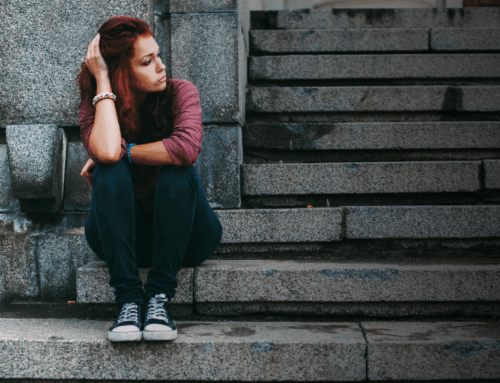Days after the death of Kate Spade, and hours before Anthony Bourdain’s suicide, Reed Hastings, CEO of Netflix, announced the renewal of a third season of the hit show “13 Reasons Why.” This compelling teen drama follows the story of a teen girl’s death by suicide and the aftermath among her high school peers. Despite controversy over its content, and numerous reports that episodes have served as a trigger for teens’ own episodes of self-injury across the country, Hastings justified its renewal by declaring that “’13 Reasons Why’ has been enormously popular and successful….It is controversial. But nobody has to watch it.”
As a clinical child psychologist and federally-funded investigator examining adolescents’ self-injurious behavior and popularity for the past 25 years, I know exactly why the renewal of this show will increase risk for teen suicide – even among those who choose not to watch the show.
The Center for Disease Control reports that suicide is currently the second leading cause of death among adolescents and young adults. In the US, about one out of every four high school teens report that they have seriously considered attempting suicide and approximately 8 percent do so, far exceeding the rate of almost every other developed nation on the planet. In addition to the risk of death, adolescent suicide attempts inflict remarkable pain and suffering on loved ones, cost the United States billions of dollars in emergency health care, and increase the risk among attempters for future death by suicide at least ten-fold. Suicide is a public health crisis that is woefully understudied, perhaps explaining why as compared to cancer, HIV, and cardiovascular disease, it is one of the only leading causes of death that has not diminished in frequency in the US over the past fifty years.
These sobering statistics may offer one reason why “13 Reasons Why” deserves to be on TV. Its bold and vivid depiction of non-suicidal and suicidal self-injurious thoughts and behaviors offers a spotlight to a topic that affects far too many families, yet has been neglected in mental health care policies, funding for scientific research, and education dollars to expand the mental health workforce.
Yet, this spotlight creates a dark, dangerous shadow through its particular narrative style, glamorization of self-injury, and inadequate depiction of available resources. Indeed, it is the very “popularity” of this show that makes it most dangerous to developing teen brains that are biologically susceptible to influence.
Research in human neuroscience reveals that the adolescent brain does not mature uniformly across all regions as puberty unfolds. It is the ventral striatum – a region with the brain’s primitive limbic system, and highly sensitive to opportunities for social reward – that is among the first to develop. If you have ever wondered why adolescents suddenly become so averse to attention from their parents, and so addicted to opportunities for popularity around the age of 11 or 12 years old, it is this unique characteristic of our neural development that is likely responsible.
– Mitch Prinstein
Read more: “One Reason Why” Parents Should Worry About Teen Suicide







Leave A Comment